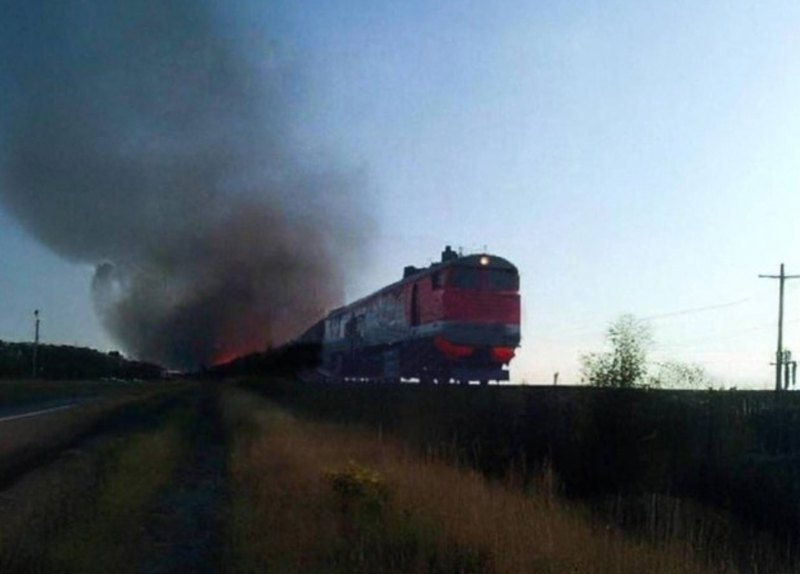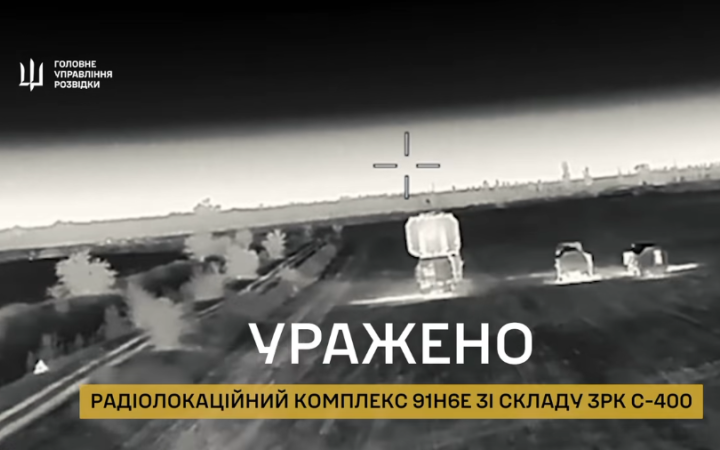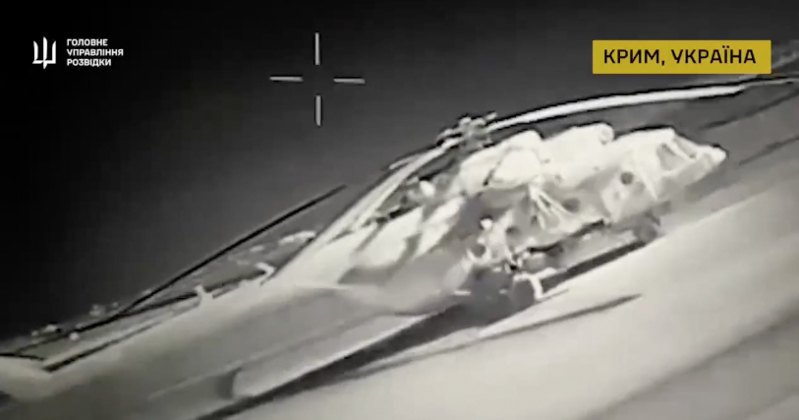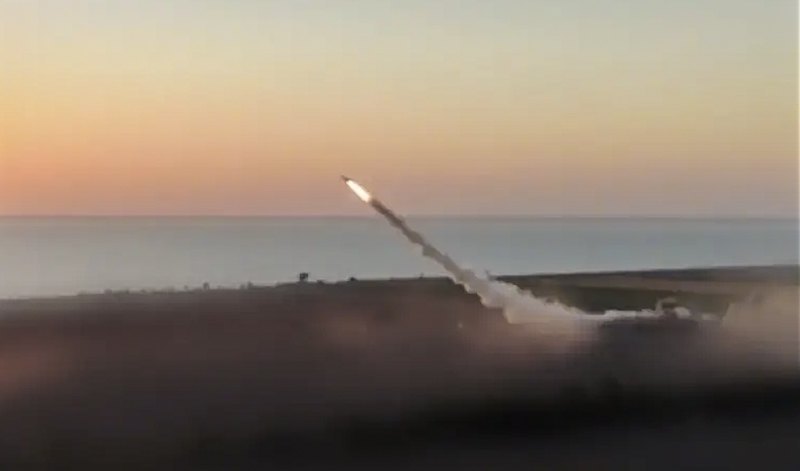
In addition, it is reported that as a result of attacks on oil refineries, gasoline shortages have begun in Luhansk — logistics are collapsing, some damaged plants are no longer meeting the needs of the region, while others are unable to meet the demands of cities with millions of residents and agricultural regions during the harvest and holiday season.
In these conditions, pressure must be put on the peninsula — increasing the Kremlin regime's expenses along the entire 1,000-kilometre line of contact and in distant regions of the Russian Federation. This is because Crimea is sought after both as a showcase and as a military base.
Why Crimea? It is the easiest to isolate — unmanned vessels as repeaters and drone carriers, the UAV plant across the Dnipro floodplains, actions based on Boyko's towers and Zmiyinyy Island.
It is easier to clear the air defence — they are forced to pull their radars away from the Dnieper and the heights on our side, then fire pressure from the sea and air, disabling a chain of attacks on illumination radars and guiding large air defence systems.
Not a week goes by without another S-400 radar, naval radar or satellite communications antenna coming under attack from drones — we are systematically putting pressure on the enemy in the sector.

Situational awareness declines, drone queens begin to operate more actively, with catapults and FPVs on board, striking deeper — everything collapses like a house of cards.
On 30 August 2025, the defence forces strike the Gvardeyskoye airfield. Two Mi-8 helicopters are hit — they are there to intercept surface drones and try to shoot down distant aircraft. The aim is obvious — to reduce the capabilities of air defence and light boat forces at sea. To increase the chance of long-range drones and missiles breaking through.
Triple synchronised launch of Flamingo missiles on Crimea as a concentration of efforts at the peak of the air offensive.

The target was the FSB base in Armyansk, where hovercrafts were stationed near the village of Voloshyne.
Presumably, they are now being used to supply forward outposts on the islands of Dnipro and Kinburn Spit, and in Northern Crimea they are also being used to hunt for Magurs.
Judging by satellite images, the outpost building has also been hit, especially the part where the masts and antennas are located and where the hovercraft are moored.
In my opinion, the target is unnecessary for such a combat unit.
Essentially, what can they practise: the navigation system and its resistance to electronic warfare, the accuracy of guidance under interference, the ability to hit a target the size of a workshop and a boat parking area?
And, of course, reducing fuel weight while increasing the combat unit.
This may be useful for creating a shrapnel warhead — when we do not need a 3,000 km radius, but we need to destroy all antennas, hit refuelling stations and get to the sides in caponiers during an attack on an airfield or as many areas and nodes of a chemical plant as possible.
Then yes — it's the perfect target. The operational task is to deprive the light boat forces in Crimea of several pennants. The strategic task is to work out a complex flat target in conditions of radio-electronic warfare.

Why are there so few videos from Russia and its allies about the use of Flamingo and its combat unit?
Moscow will obviously avoid any mention of our missile programme — there is nonsense about demilitarisation and 17% of the refinery's capacity being destroyed by debris.
The EU may not need a media campaign about missiles: a few months ago, Germany allocated money for production in Ukraine, and now dozens of cruise missiles are being assembled every month — why do they need publicity against this backdrop?
Plus, perhaps they are not firing at full depth — they are watching how the guidance system behaves, which is better, a penetrating capsule near the target or an air explosion (the rectification column can be badly damaged by an air explosion).
Plus, it’s not being used to its full depth, but in this zone there’s less chatter and information leakage.
But in general, we are hitting targets where sectoral air defence and long-range air defence batteries and electronic warfare are operating, and they are scattered. A good application for strategic bombing deep into the Russian Federation.







